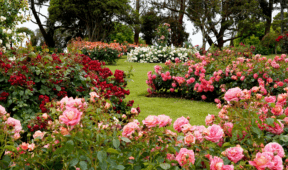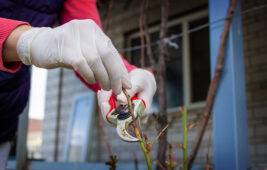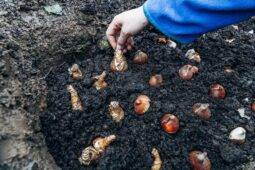Plant These Near Your Lettuce For A Healthy, Fruitful Yield
Lettuce grows quickly and doesn’t need much to thrive, but choosing the right neighbors for it can make a big difference. Some plants naturally protect lettuce from pests, help improve soil, or offer shade in the heat. Companion planting is a smart, low-effort way to get healthier crops without needing extra space or chemicals. Here’s a look at some of the most helpful companions to grow alongside your lettuce.
Carrots
Carrots and lettuce work well together because they grow in different layers of the soil. While lettuce roots stay shallow, carrots dig deep, which helps reduce competition between them. Growing both in the same space also helps you make better use of your garden bed. Since carrots grow slowly, the lettuce will often be ready to harvest first, leaving more space for the carrots to finish developing later in the season.
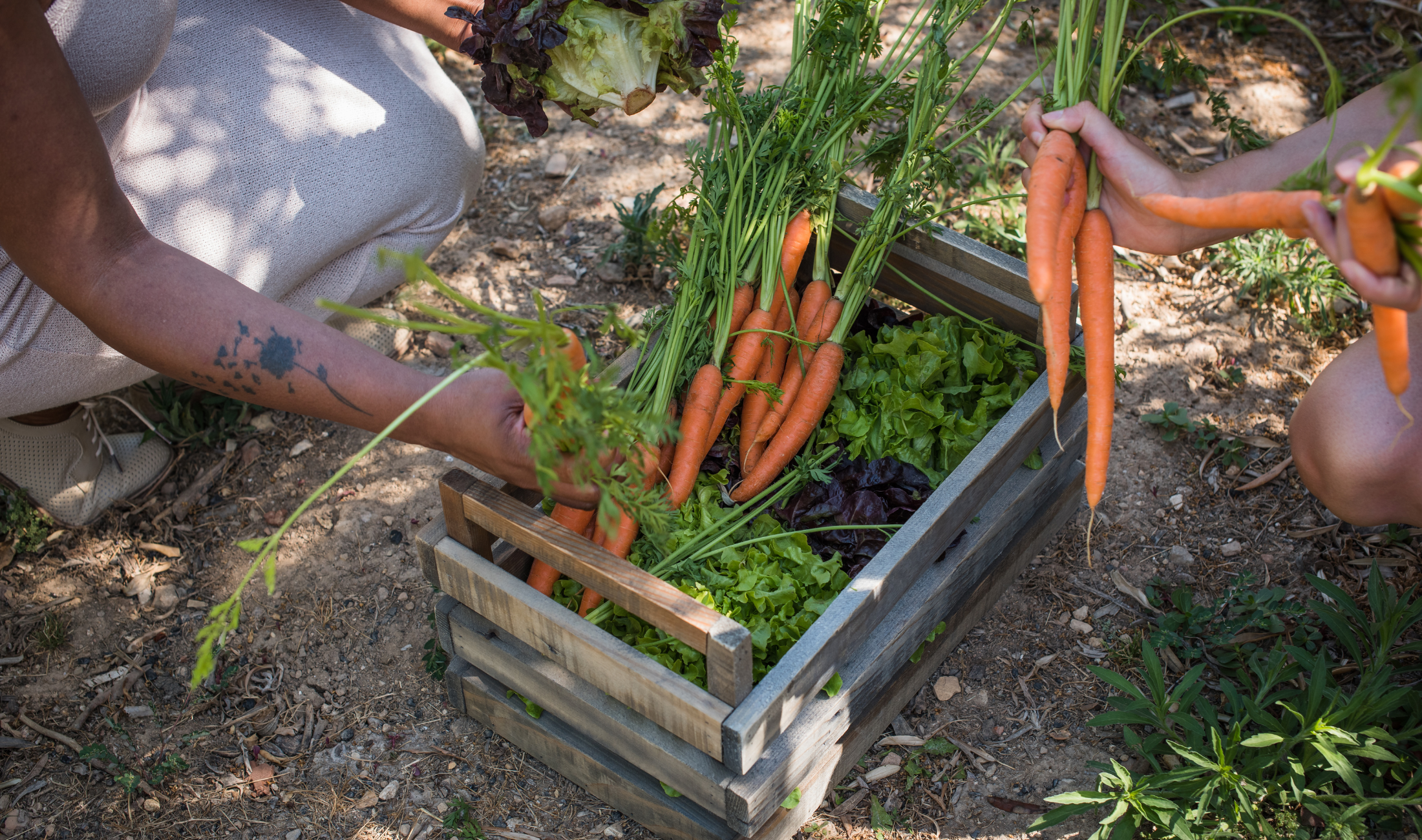
Radishes
Radishes help pull pests away from lettuce. They attract leaf-eating insects like flea beetles, which are more interested in the radish leaves than the lettuce. This protective effect makes radishes a smart decoy crop, especially in early spring when pests start to become active. Radishes also grow fast, giving you a quick harvest without taking up much space or time. Planting a few rows nearby can give your lettuce a better chance of growing strong.
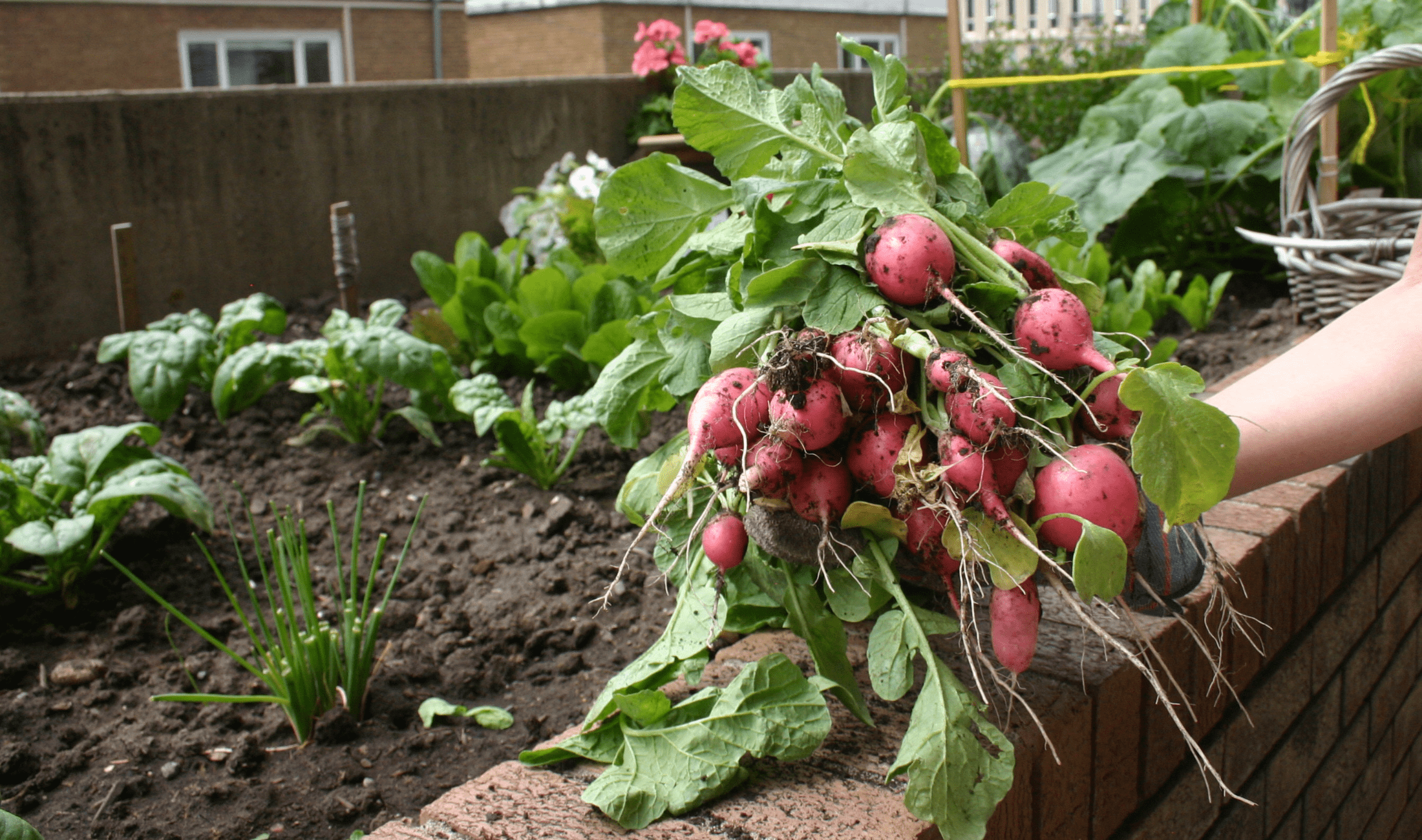
Marigolds
Marigolds do more than just add color to your garden. They release a strong scent that repels insects like aphids and beetles, both of which are common lettuce pests. The roots of marigolds also help limit nematodes in the soil, which can affect plant health over time. These flowers are easy to grow and bloom for long stretches, making them a dependable partner for most vegetables, including lettuce.
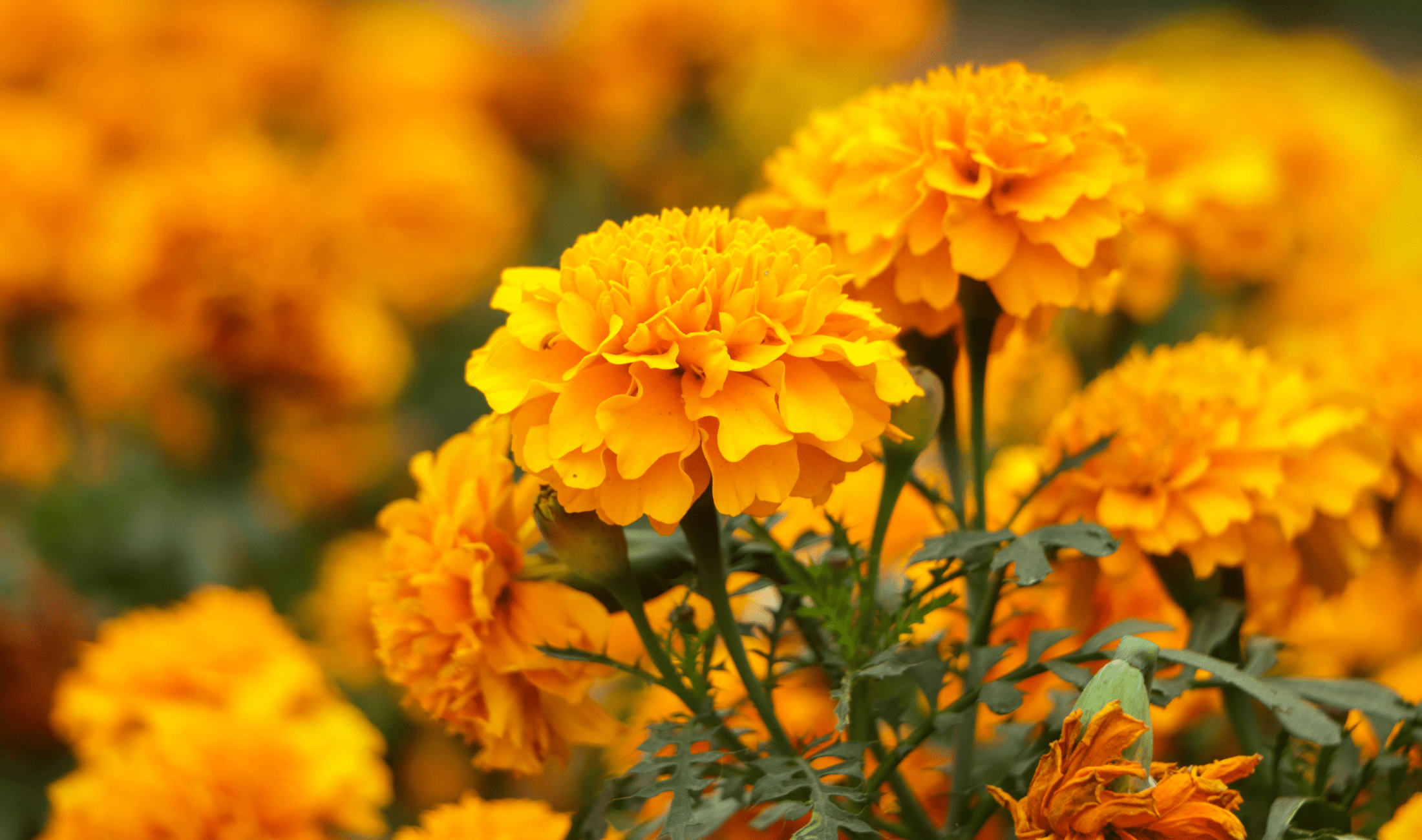
Chives
Chives give off a light onion scent that keeps aphids and other soft-bodied bugs from settling in. Planted close to lettuce, they create a natural line of defense without needing sprays or traps. Chives are also perennial, meaning they’ll keep coming back each year with very little care. You can trim them for your kitchen as needed, and their purple flowers attract pollinators later in the season.
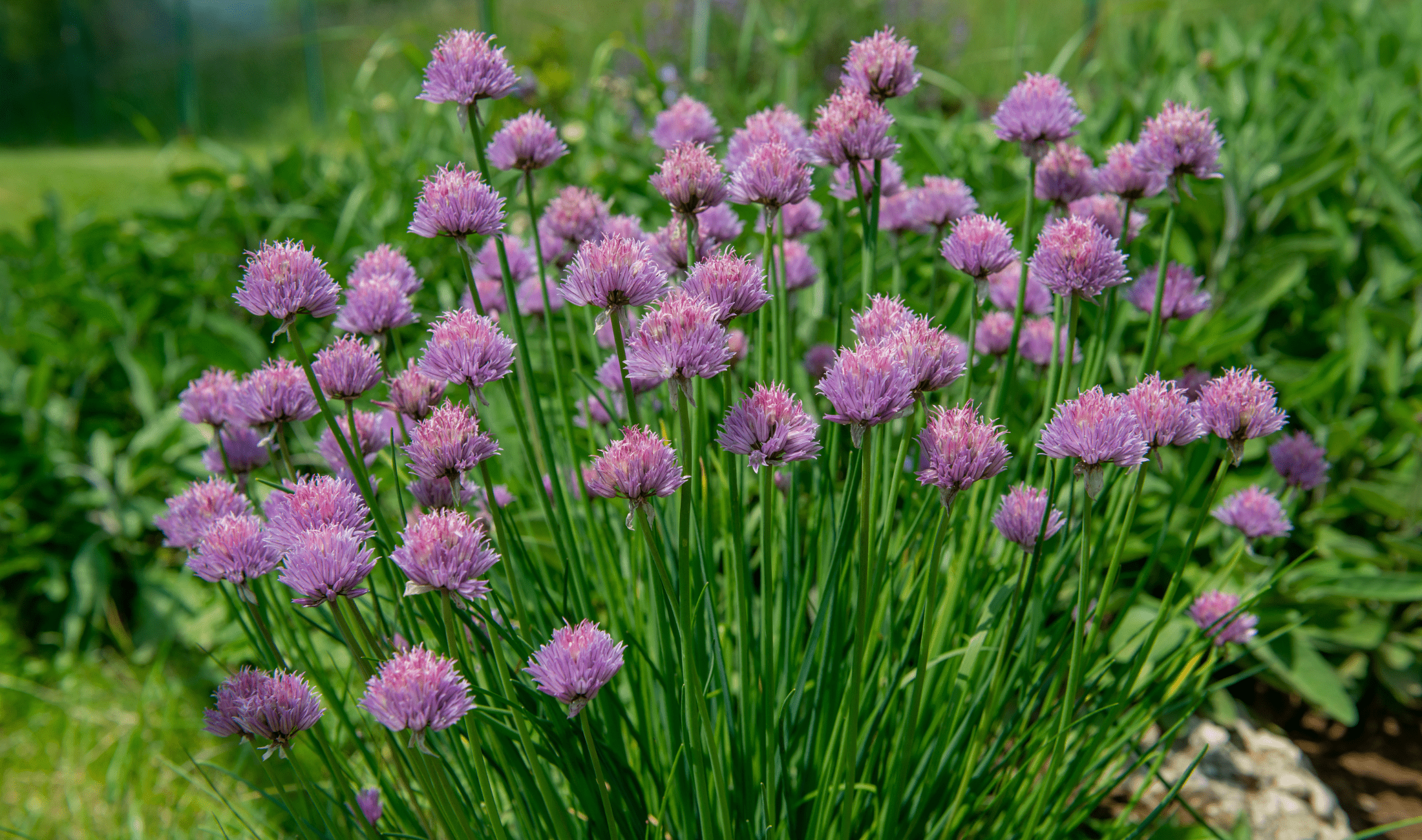
Beets
Beets grow well with lettuce because they need different nutrients from the soil and don’t fight for space. Their leafy tops also shade the ground, helping to keep moisture in the soil and temperatures cooler for lettuce roots. Beets and lettuce both enjoy similar watering habits, so they’re easy to manage side by side. This combination can help keep your garden looking full and productive without crowding.
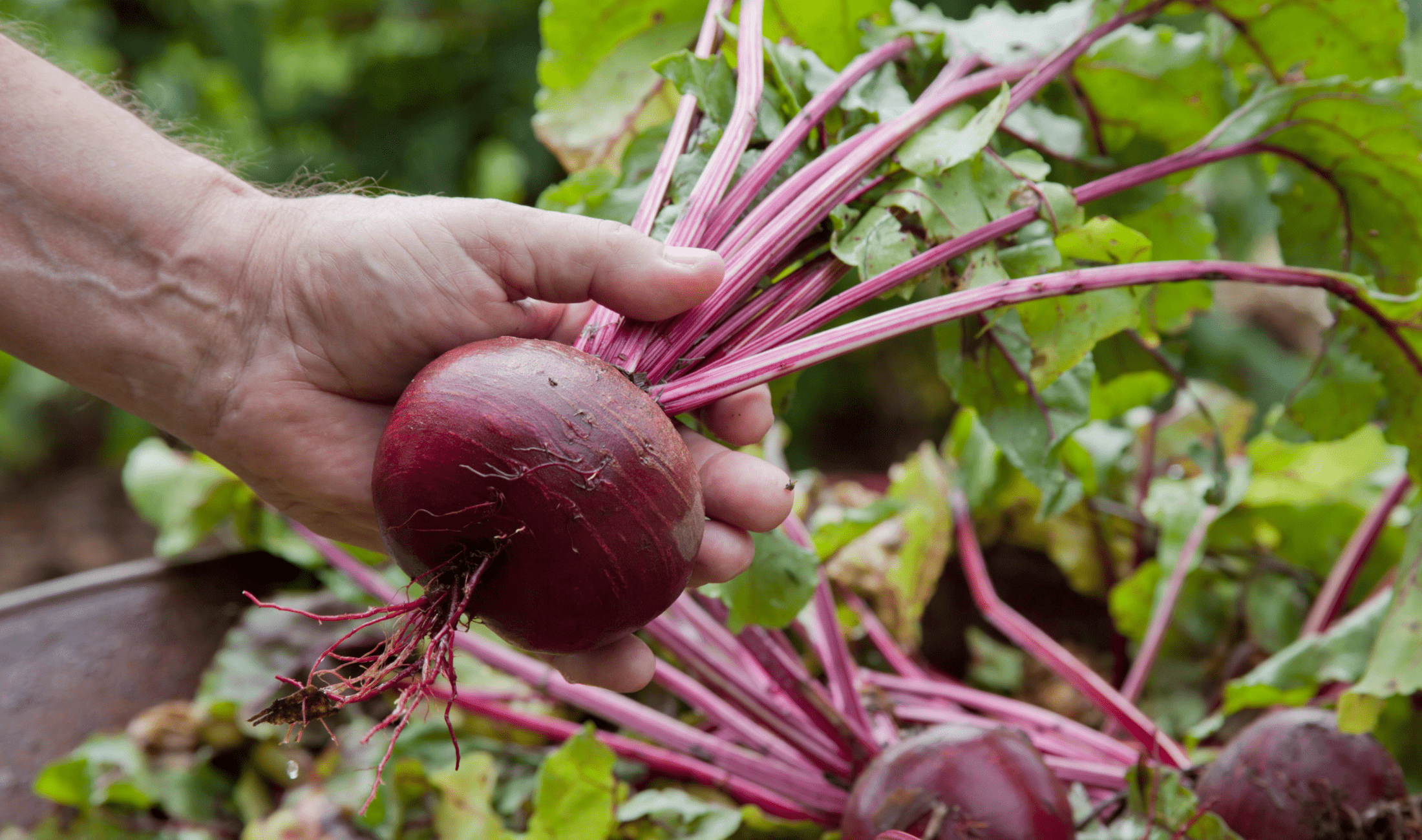
Cucumbers
Lettuce can struggle when the sun gets too strong. If planted nearby, cucumbers grow up trellises and provide dappled shade that keeps lettuce leaves from wilting. Their vines can also act as a windbreak, protecting young lettuce from damage. It’s best to keep a bit of distance so the cucumber roots don’t overwhelm the lettuce, but when spaced correctly, the two plants can really benefit one another.
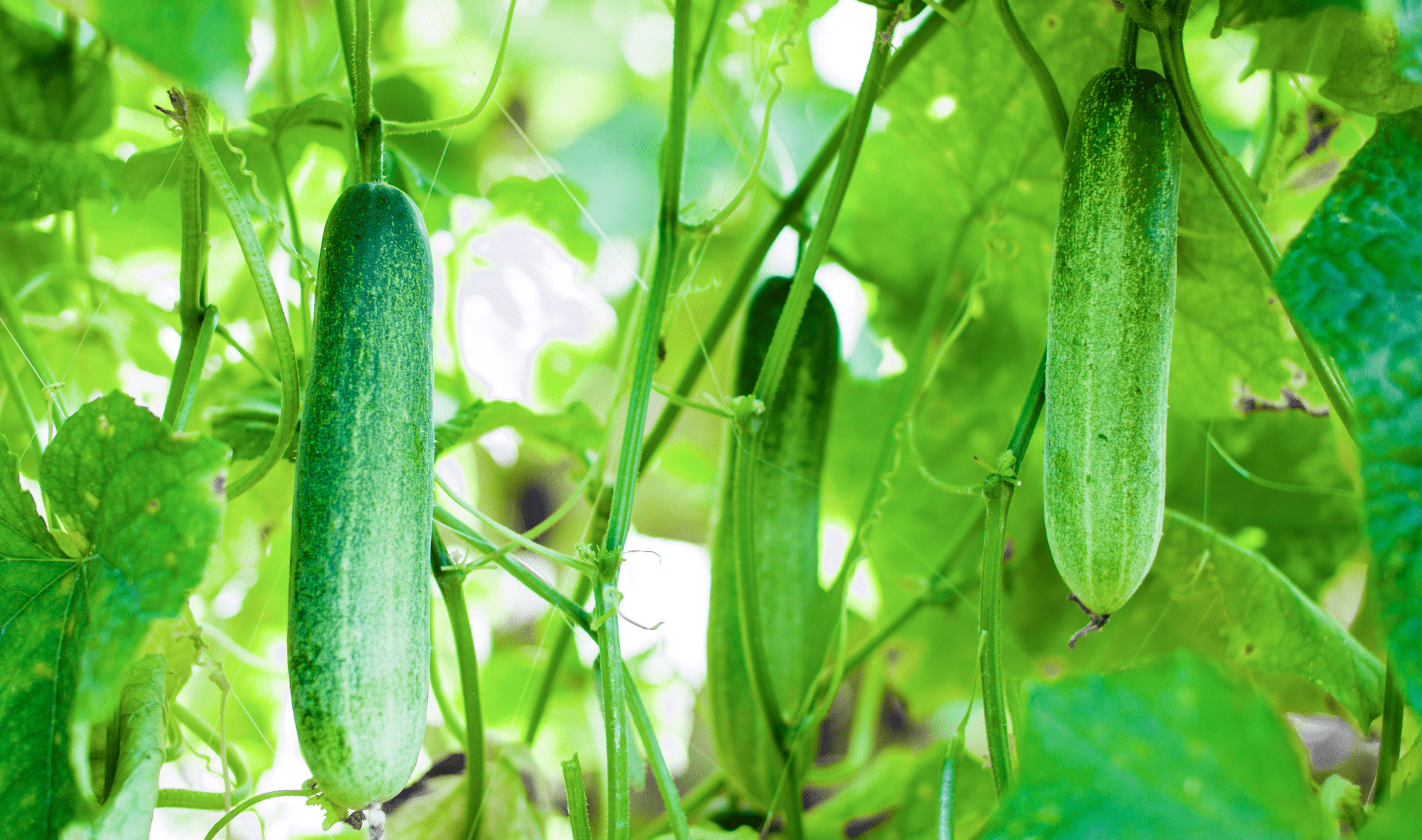
Garlic
Garlic is known for its strong smell, which confuses insects and reduces pest pressure around lettuce. It also has natural antifungal properties that can help protect soil health over time. Garlic doesn’t take up much above-ground space, so it’s easy to tuck it in around the edges of a lettuce bed. Plus, it stays in the soil for several months, offering ongoing support as your lettuce grows and is harvested.
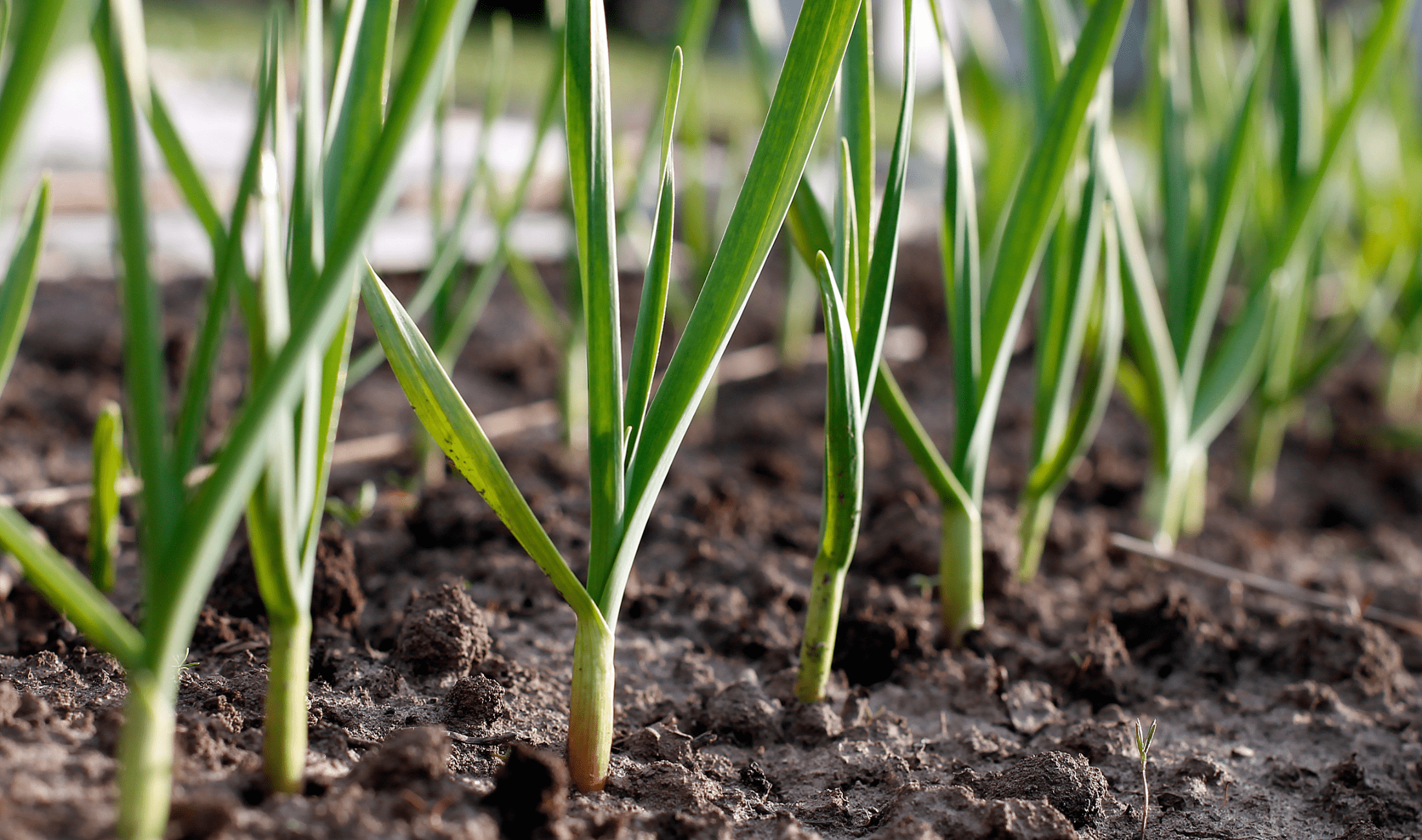
Spinach
Spinach and lettuce are both cool-season crops, and they grow quickly with similar needs. Since they mature at slightly different rates, you can use spinach to fill in gaps between lettuce rows or harvest one while the other is still growing. This helps you make better use of your space while keeping the soil covered, which slows weed growth and retains moisture. Both also work well for repeat planting throughout the season.
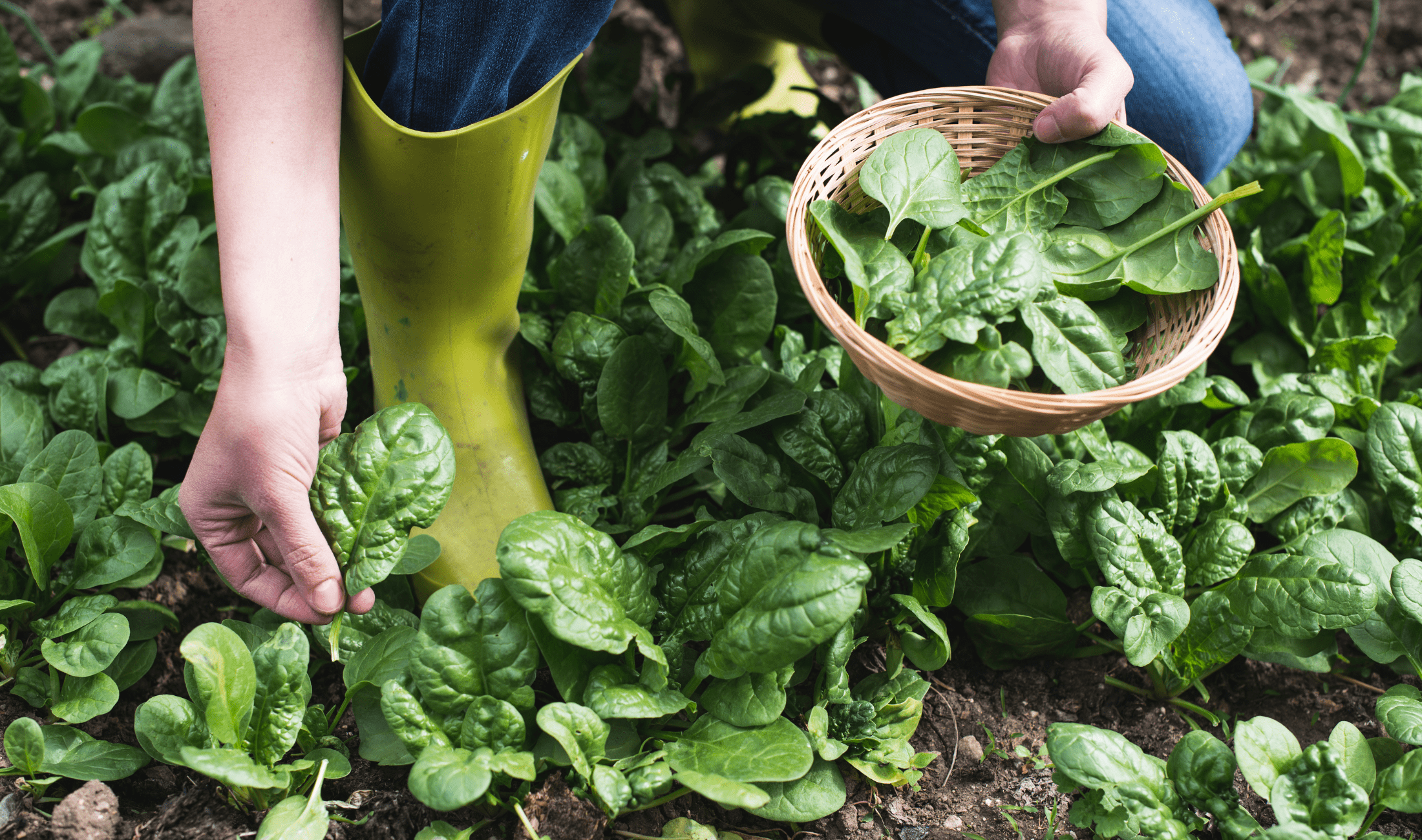
Related Articles
- This Type Of Vegetable Is Best Stored In Sand
- Plant These Herbs Near Your Tomatoes To Help Them Thrive
- The Easiest Vegetables to Grow In Your Garden
Companion planting isn’t just about saving space. It’s a way to create a more balanced, productive garden by letting plants support one another naturally. When you pair lettuce with smart companions like carrots, chives, or marigolds, you reduce pest issues and get more out of your soil. Even in a small garden, these thoughtful combinations can lead to healthier crops and less work overall. Start simple, observe what works, and keep adjusting each season.



